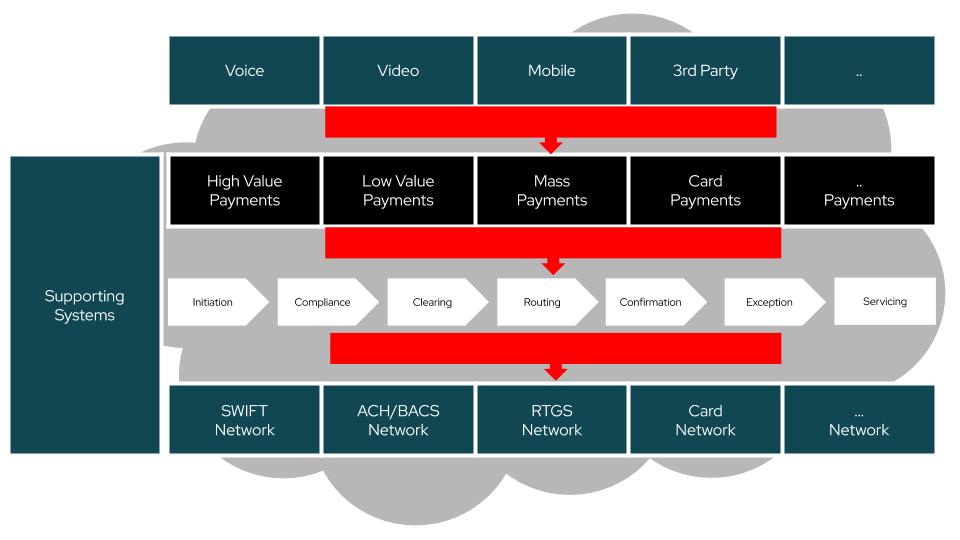The introduction of the real time payments network in the United States has presented an unique opportunity for organizations to revisit their messaging infrastructure. The primary goal of real time payments is to support real time processing, but a secondary goal is to reduce the toil of the ongoing operations and make real time ubiquitous across the organization.
Traditional message systems, have been around for quite some time, but have been a bit clunky to operate. Many times, tasks such as software upgrades and routine patches meant the messaging infrastructure would be down while the update was performed, causing delays in payment processing.This may have been reasonable in a world where payment processing was not expected outside of normal banking hours, but in our always-on digital world, customers expect their payments to clear and settle in real time. Today, outages and delays disrupt both business processes and customer experience.
Apache Kafka is an open source project that was created to provide messaging infrastructure for real time data streaming. The Strimzi project automates the setup and configuration of Apache Kafka on Kubernetes, which streamlines the process of setting up and managing the messaging infrastructure to support real time processing. The combination of these technologies is a step change from traditional message systems on virtualized infrastructure so that you can run wickedly fast, always-on service.
However, it isn’t just ease of configuration that is driving adoption of Apache Kafka on Kubernetes. The ability to automatically adjust capacity based on messaging volumes and compute levels is also attractive. Without this capability, organizations would likely default to overprovisioning of virtualized infrastructure based on projectected peak volumes to support real time processing. Of course, unused infrastructure is something most organizations try to avoid.
As the number of payment channels, methods, and networks continues to grow, organizations need to look at modernizing other parts of their payments infrastructure. As organizations seek to adopt ISO 20022 or event driven and microservice architectures there is a need to consider other capabilities (Figure 1) as well. Apache Camel-K has many of the same benefits of reducing cost and toil but is focused on connectivity instead of messaging.

With Red Hat, you can take advantage of our upstream work in Apache Kafka, Kubernetes, Istio and other communities that are making real time processing in payments a bit easier. A modern cloud platform means that you can run your payments infrastructure on-premise, off-premise or a combination of the two with a common operating environment, with the confidence of a partner whose software is trusted to support the most critical services in the world.
Go here to learn more about the key capabilities needed to make your life a bit easier while reducing the operating costs to support real time processing in your organization.
关于作者
Anthony Golia is 20-year technology veteran in the Financial Services industry, and is passionate about collaborating with my clients to help them realize value and a competitive advantage from open source and emerging technologies in today's fast-changing industry landscape.
更多此类内容
产品
工具
试用购买与出售
沟通
关于红帽
我们是世界领先的企业开源解决方案供应商,提供包括 Linux、云、容器和 Kubernetes。我们致力于提供经过安全强化的解决方案,从核心数据中心到网络边缘,让企业能够更轻松地跨平台和环境运营。

